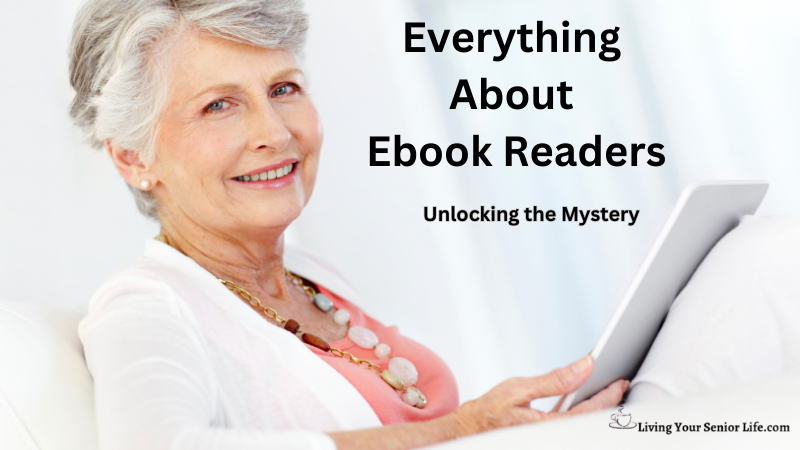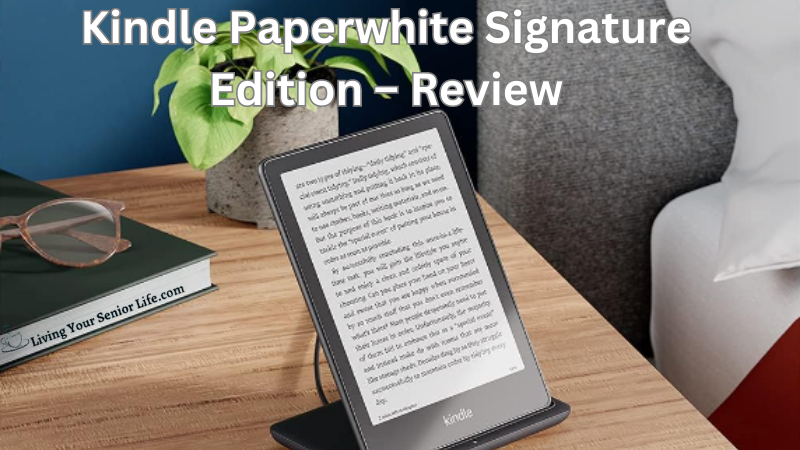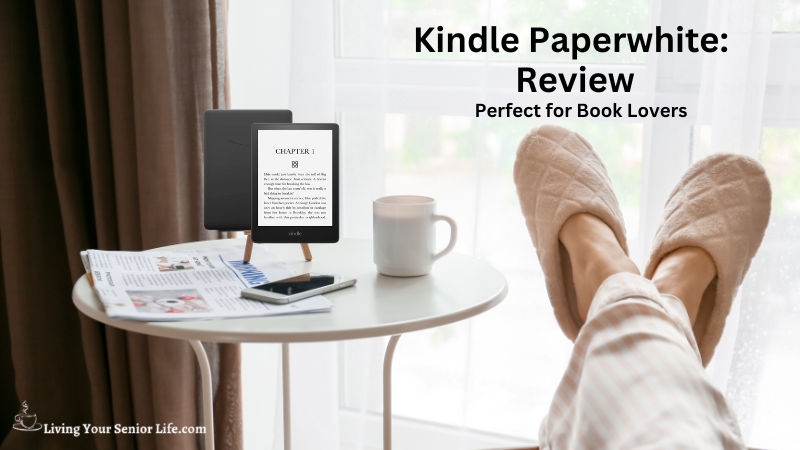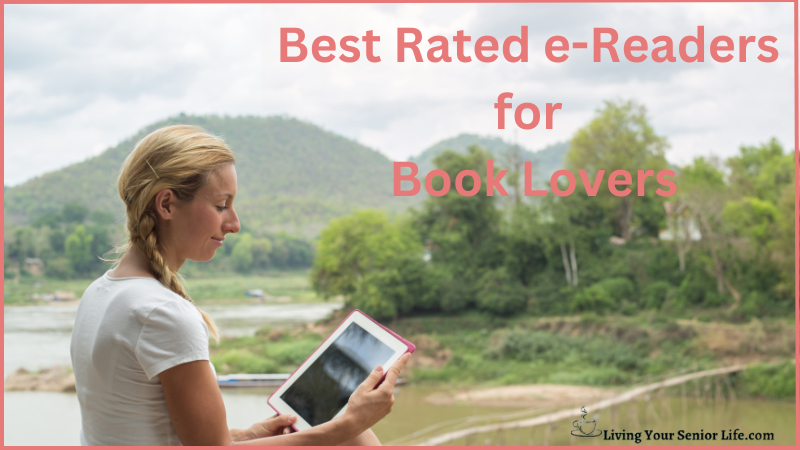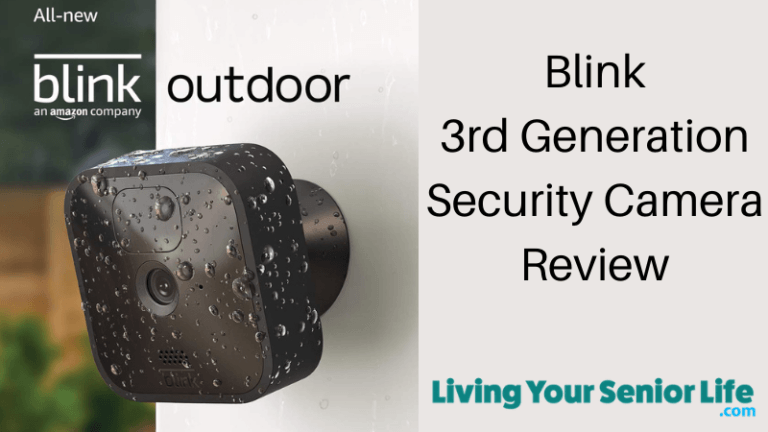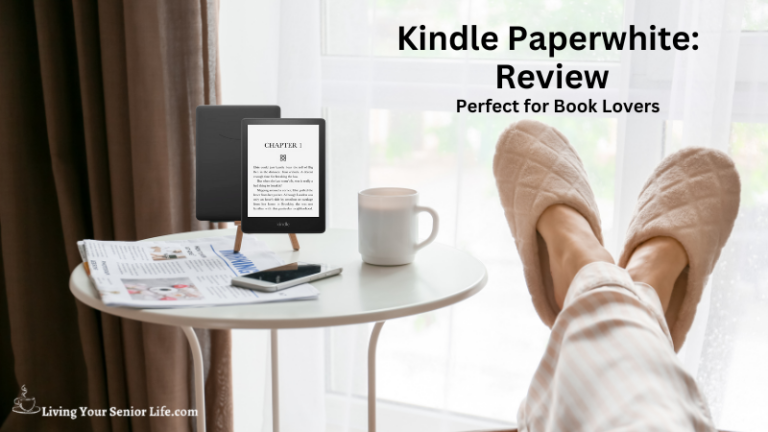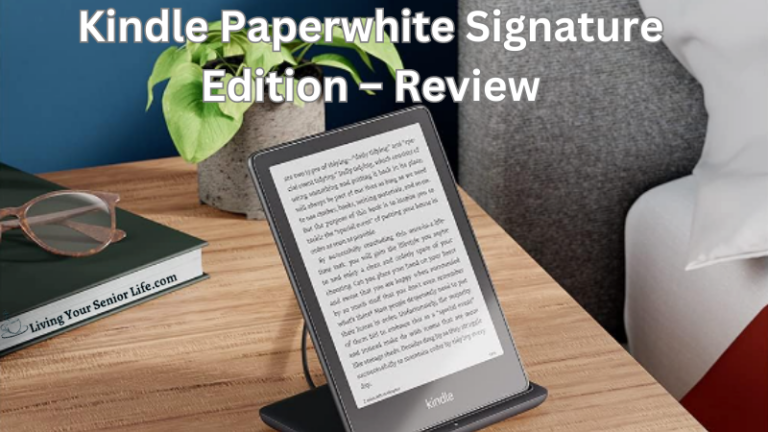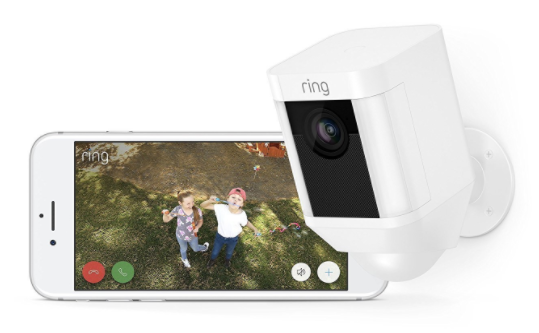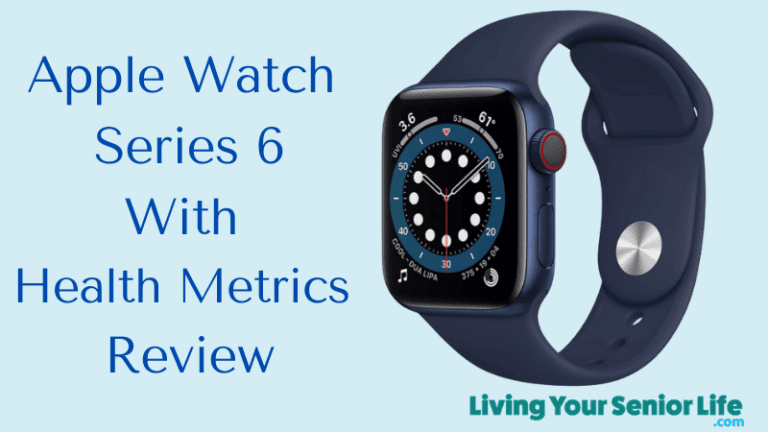E-readers have become increasingly popular in recent years, offering a portable and convenient way to enjoy a vast array of literature. However, with so many options available, it can be overwhelming to choose the right one. This guide aims to demystify e-readers and provide you with everything you need to know before making a purchase.
From the inception of e-readers in the late 1990s to the advanced models available today, we’ll take a comprehensive look at the evolution of e-readers. We’ll explore key features such as E-Ink screens, storage capacity, battery life, and connectivity options, as well as the various e-book formats and compatibility issues. Additionally, we’ll delve into the reading interface and customization options available to help you make an informed decision.
Whether you’re considering purchasing an e-reader for yourself or as a gift for a loved one, this guide is for you. Let’s unlock the mystery of e-readers together and discover how they can enhance your reading experience.
Key Takeaways:
- E-readers offer a convenient and portable way to enjoy a vast array of literature.
- Key features to consider when choosing an e-reader include E-Ink screens, storage capacity, battery life, and connectivity options.
- Understanding e-book formats and compatibility issues, as well as reading interface and customization options, can help you make an informed decision when purchasing an e-reader.
Video: Everything About Ebook Readers
What are Ebook Readers?
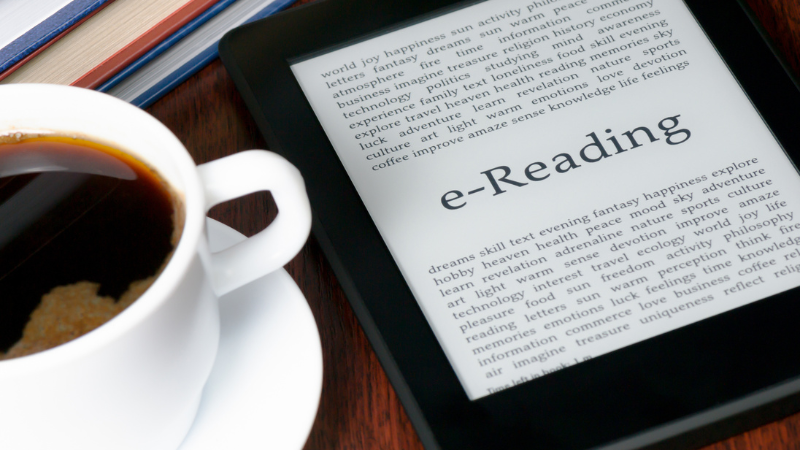
Ebook readers, also known as e-readers, are specialized mobile electronic devices designed for reading digital books or ebooks and periodicals. They provide a focused and distraction-free reading experience. Unlike tablets and smartphones, these devices are engineered to replicate the experience of reading a print book as closely as possible, all while offering the conveniences of digital technology. Popular ebook readers include Amazon Kindle, Kobo, Nook, and Onyx, among others. These devices use e-ink technology to display digital books and are designed to operate over long hours by consuming minimal power.
Evolution of eBook Readers
eBook readers first emerged in the late 1990s, but it wasn’t until the mid-2000s that they gained widespread recognition. Since then, eBook reader technology has significantly evolved, with contemporary models boasting impressive features such as E-Ink screens, long battery life, and the ability to store thousands of books.
Features and Specifications
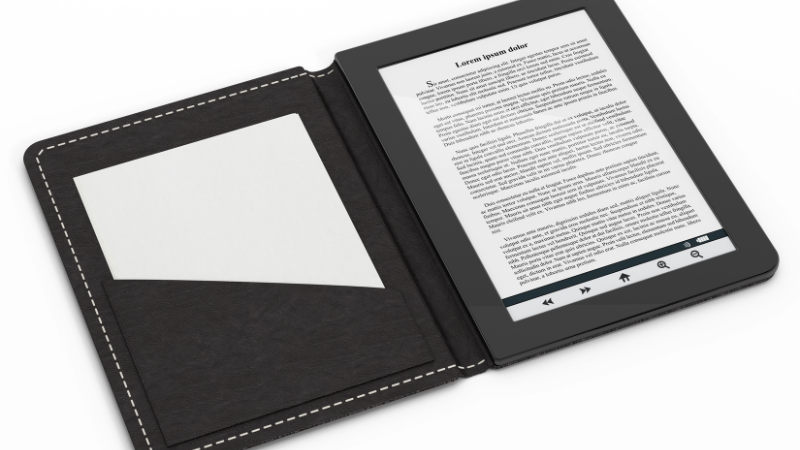
When considering the purchase of an eReader, there are several features and specifications you should keep in mind. In this section, we’ll take a look at these features and specifications, including the display, storage and memory, battery life, connectivity options, ebook formats and compatibility, reading interface and customization, and access to online bookstores and libraries.
Display
The display is a crucial aspect of ebook readers. Modern eBook readers utilize E-Ink technology, which provides a print-like reading experience and offers exceptional readability, reducing eye strain. Most ebook readers offer 6 to 7-inch screens with sharp, high-resolution displays. Some Ebook readers also offer adjustable backlighting, allowing comfortable reading in any lighting condition. For instance, the Kobo Libra 2E has ComfortLight PRO, which adapts to the lighting conditions around you and reduces blue-light exposure.
Storage and Memory
Ebook readers have varying storage capacities, which determine the number of books you can store on the device. Sufficient memory is essential for smooth operation and multitasking, ensuring quick page turns and responsive navigation. Ebook readers offer varying degrees of storage, from 2 GB to 32 GB or more, allowing users to carry a small library wherever they go. Some ebook readers offer expandable storage options through memory cards. For instance, the Kindle Oasis has 8 GB of storage, while the Kobo Elipsa 2E has 32 GB of storage.
Battery Life
One of the significant advantages of eReaders over tablets and smartphones is their long battery life. A typical eBook reader can last weeks on a single charge, thanks to the low-power-consuming E-Ink displays. However, the actual battery life can vary depending on usage patterns, such as the amount of page turns, use of backlighting, and Wi-Fi activity. For instance, the Kindle Paperwhite Signature has a battery life of up to 10 weeks, while the Kobo Libra 2E has a battery life of up to 4 weeks.
Connectivity Options
Ebook readers come with various connectivity options, including Wi-Fi, 3G/4G, and USB. Wi-Fi enables you to download books directly to your device and sync your reading progress across multiple devices. 3G/4G connectivity, available in some models, allows you to download books on the go, even without Wi-Fi access. USB connectivity enables easy file transfer between your computer and the ebook reader. For instance, the Kindle Oasis has Wi-Fi and 4G connectivity, while the Kobo Elipsa 2E has Wi-Fi and USB-C connectivity.
Ebook Formats and Compatibility
Ebook readers support various eBook formats, including EPUB, PDF, and MOBI, but availability can depend on the brand. EPUB is the most common format, widely supported by most ebook readers. MOBI is primarily associated with Amazon Kindle devices, while PDFs are used for documents with fixed layouts. Additionally, many books come with DRM protection, which can limit the types of devices the book can be read on. When choosing an ebook reader, ensure it supports the formats you intend to read. Some ebook readers also support conversion tools to overcome compatibility issues.
Reading Interface and Customization
Ebook readers offer a range of features to enhance your reading experience. For instance, font adjustment allows you to customize the text size and font style for optimal readability. Page orientation settings enable you to switch between portrait and landscape modes. Some ebook readers even provide text-to-speech functionality, allowing you to listen to your books. Furthermore, features like bookmarking, highlighting, and annotation help you interact with the text and personalize your reading experience. For instance, the Kindle Oasis 4 has a warm light feature for comfortable reading at night, while the Kobo Elipsa 2E has a stylus for note-taking and drawing.
Access to Online Bookstores and Libraries
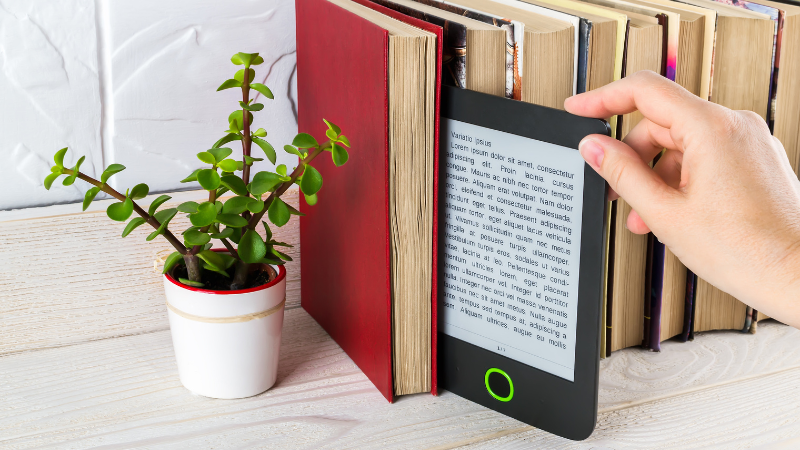
Ebook readers often integrate with popular online bookstores and libraries, such as Kindle, Nook, and Kobo. This integration provides easy access to a vast collection of ebooks, allowing you to browse, purchase, and download books directly to your device. Having access to online bookstores and libraries directly from your ebook reader offers convenience and a wide selection of reading materials. With wireless connectivity, you can browse through the virtual shelves, read book descriptions, and access customer reviews before making a purchase. Some ebook readers also provide cloud storage, allowing you to sync your library across multiple devices, ensuring your books are accessible wherever you go. For instance, the Kobo Elipsa 2E has OverDrive integration for borrowing library books, while the Kindle Oasis 4 has direct access to the Kindle store and Libby app.
Additional Considerations
When choosing an ebook reader, there are several factors to consider beyond the basic features. Here are some additional considerations to help you make an informed decision.
Durability and Build Quality
Durability and build quality are essential factors to consider when choosing an ebook reader. You want a device that can withstand daily use and occasional drops. Look for models made with durable materials like metal or high-quality plastic. Water and dust resistance can also be beneficial, especially if you plan to use your ebook reader outdoors or at school.
Price Range and Budget
Ebook readers vary in price, so it’s essential to consider your budget and prioritize the features that matter most to you. Entry-level models are often more affordable, while high-end models with additional functionalities may come at a higher cost. If you’re on a tight budget, consider purchasing an ebook reader during Black Friday or holiday sales to get the best overall deal.
Reviews and User Feedback
Before making a purchase, it’s recommended to read reviews and consider user feedback from reputable sources. Look for reviews that discuss key aspects like display quality, battery life, ease of use, and overall performance. This can help you make an informed decision and avoid purchasing a device that doesn’t meet your needs. Some of the best Kindle models have high ratings and positive reviews from users, so be sure to check those out.
Benefits of Using an eBook Reader

Using an eBook reader offers several benefits, including convenience and portability. You can carry an entire library in your pocket, making it a great choice for avid readers, travelers, and students. Additionally, eReaders offers a customizable reading experience with font sizes, styles, and backlighting, allowing for a tailored reading experience to suit individual needs and preferences. By opting for digital books over print, you can contribute to reducing paper consumption and the environmental impact associated with it.
Potential Drawbacks of eBook Readers
While eBook readers offer many conveniences, they are not without their potential drawbacks. Here are some of the most common issues that users may encounter:
Digital Eye Strain
Prolonged reading on any digital device can cause discomfort, including eReaders. However, taking regular breaks can help mitigate this issue.
Dependence on Electricity
Unlike physical books, eReaders need to be charged. This can be an inconvenience, particularly if you forget your charger or don’t have access to power for an extended period.
Lack of Physical Book Feel
While eReaders offer many benefits, they cannot replicate the tactile pleasure of reading a physical book. The feel of turning pages, the smell of the paper, and the weight of the book in your hands are sensory experiences that eReaders cannot fully replicate. However, some users find that the convenience and versatility of an eReader outweigh these considerations.
The Future of eBook Readers
As technology continues to evolve, eBook readers are expected to become even more intuitive and reader-friendly. In the future, we can expect greater interoperability with other devices and systems and continued progress towards ever more print-like digital reading experiences. The rise of eBook readers signals a significant shift in how we consume literature. While they may not fully replace traditional books, their popularity suggests that they are here to stay. They play a crucial role in promoting reading, reducing paper consumption, and providing convenient access to a world of literature.
FAQs
Curious about ebook readers? We’ve compiled answers to some commonly asked questions to help you gain a better understanding of these devices and their features.
Can I read any eBook on any eBook Reader?
While most eBook readers support a wide range of formats, not every eBook can be read on every eReader due to Digital Rights Management (DRM) protection. For example, Amazon’s Kindle devices and apps only support Amazon’s proprietary AZW and KF8 formats and the universal MOBI format. However, they do not natively support the EPUB format, which is used by many other eBook vendors. It’s important to check the compatibility of the eBook format with your eReader before purchasing it.
How many books can an ebook reader store?

The storage capacity of eBook readers varies depending on the model. Dedicated eBook readers typically offer internal storage ranging from 4GB to 32GB, which can hold thousands of eBooks depending on their file sizes. If you require additional storage, some eBook readers also provide expandable storage options through memory cards, allowing you to store even more books.
Is an eBook Reader worth it if I already have a tablet?

If you’re an avid reader, the answer is likely yes. While tablets can do many things, including allowing you to read eBooks, they’re not optimized for reading the way eReaders are. eReaders typically have E-Ink screens, which resemble paper and are easier on the eyes than the LCD screens of tablets. Plus, eReaders are lighter, offer better battery life, and allow you to carry a vast library of books wherever you go.
Additional Reading
Conclusion
In conclusion, ebook readers offer a convenient and customizable way to enjoy books in a digital format. When choosing an ebook reader, it’s important to consider factors such as display type, storage capacity, battery life, connectivity options, and compatibility with ebook formats. Reading user reviews and feedback can also assist you in finding the perfect ebook reader for your needs.
While embracing the digital reading revolution, it’s important to note that it doesn’t mean giving up on physical books entirely. Rather, it opens up new possibilities for readers. Whether you’re a dedicated bookworm or an occasional reader, there’s a good chance you’ll find an eReader to be a valuable addition to your reading life.
Overall, ebook readers offer a fantastic way to enjoy books on-the-go, without the added weight and bulk of physical books. With a wide range of features and options available, there’s an ebook reader out there for every type of reader. Happy reading!
What feature interests you the most in eReaders? Please comment below.
